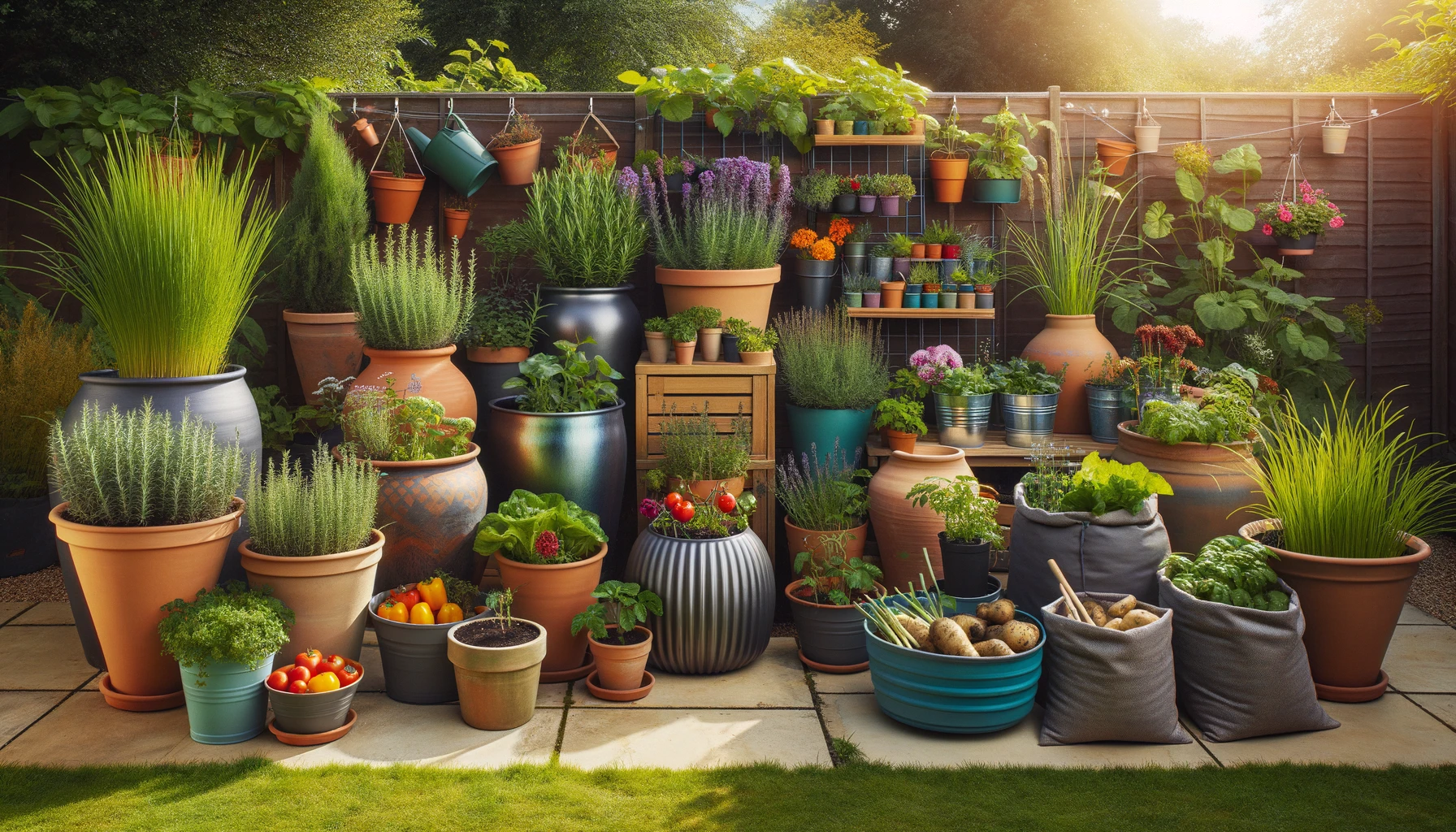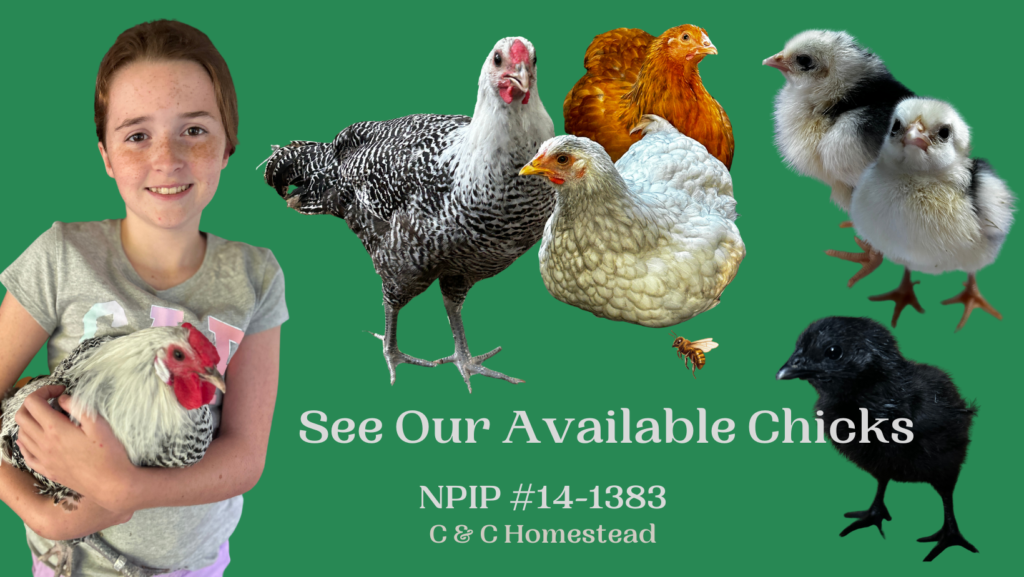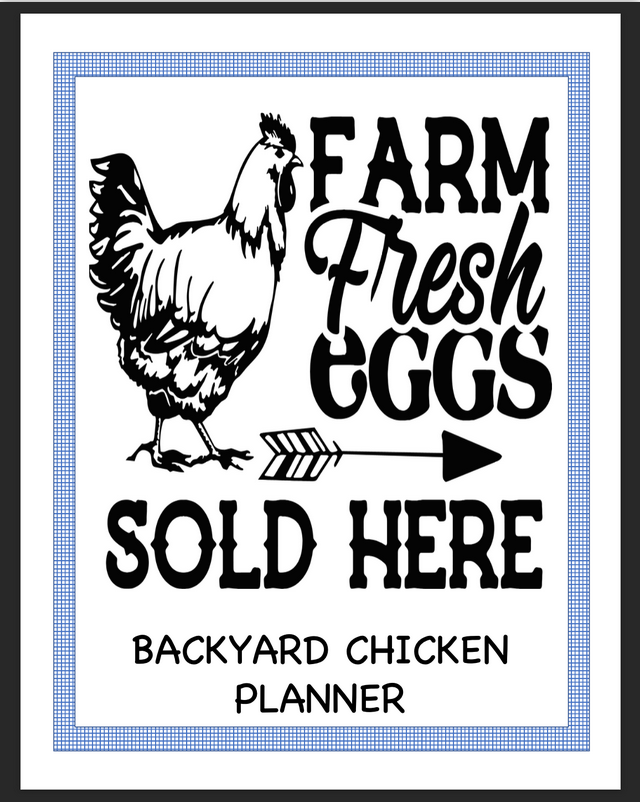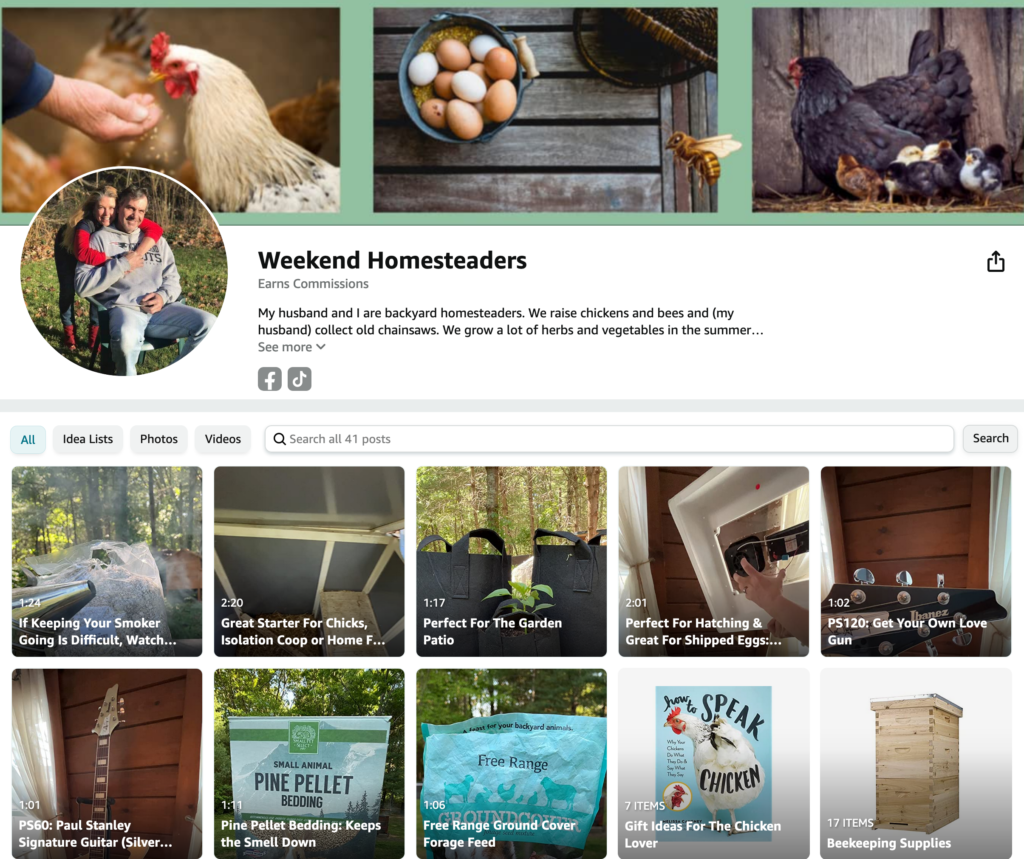Balancing Corporate & Homesteading Lifestyles
Containers for Growing Herbs and Vegetables: Types, Pros, and Cons
Posted on May 24, 2024 by Weekend Homesteader

Growing herbs and vegetables in containers is an excellent solution for those with limited garden space or who want to maximize their growing potential. Here, we explore different types of containers you can use, along with their pros and cons.
1. Terracotta Pots
Pros:
- Aesthetic Appeal: Terracotta pots have a classic, natural look that blends well with most garden styles.
- Breathability: These pots are porous, allowing air and moisture to penetrate the sides, which benefits root health.
- Temperature Regulation: Terracotta can help regulate soil temperature by absorbing and releasing heat slowly.
Cons:
- Weight: Terracotta pots are heavy, making them difficult to move, especially when filled with soil.
- Fragility: They are prone to cracking, especially in freezing temperatures.
- Drying Out: The porous nature can cause the soil to dry out quickly, requiring more frequent watering.
2. Plastic Pots
Pros:
- Lightweight: Easy to move and reposition as needed.
- Durability: Resistant to cracking and breaking, even in extreme temperatures.
- Variety: Available in numerous shapes, sizes, and colors to suit different needs and aesthetics.
Cons:
- Aesthetics: Some plastic pots may not be as visually appealing as other materials.
- Drainage Issues: Cheaper plastic pots may have poor drainage, leading to waterlogged soil and root rot.
- Heat Retention: Black plastic pots can absorb and retain heat, which may damage plant roots in hot climates.
3. Fabric Grow Bags
Pros:
- Root Health: Fabric grow bags promote air pruning of roots, leading to a healthier and more fibrous root system.
- Breathability: They provide excellent aeration, preventing soil compaction and encouraging beneficial microbial activity.
- Portability: Lightweight and easy to move, even when filled with soil.
Cons:
- Durability: Over time, fabric grow bags can degrade and may need replacing after a few seasons.
- Watering Needs: They can dry out quickly, requiring more frequent watering.
- Support: They may not provide enough structural support for taller plants without additional staking.
4. Ceramic Pots
Pros:
- Aesthetic Appeal: Available in various colors, designs, and finishes, making them an attractive addition to any garden.
- Durability: High-quality ceramic pots are durable and can last for many years.
- Insulation: They provide good insulation, keeping soil temperatures stable.
Cons:
- Weight: Similar to terracotta, ceramic pots can be heavy and difficult to move.
- Fragility: Prone to cracking or breaking if dropped or exposed to freezing temperatures.
- Cost: Generally more expensive than other types of containers.
5. Wooden Planters
Pros:
- Aesthetic Appeal: Wooden planters offer a rustic, natural look that complements garden spaces well.
- Insulation: Wood provides good insulation, protecting plant roots from temperature extremes.
- Customizable: They can be built to specific sizes and shapes to fit particular spaces or design preferences.
Cons:
- Durability: Wooden planters can rot over time, especially if not treated or lined properly.
- Weight: Depending on the wood type and size, these planters can be heavy.
- Maintenance: They may require periodic treatment or sealing to extend their lifespan.
6. Metal Containers
Pros:
- Durability: Metal containers, such as galvanized steel or aluminum, are long-lasting and resistant to weathering.
- Modern Look: They offer a sleek, contemporary aesthetic that suits modern garden designs.
- Pest Resistance: Metal containers are less prone to pest infestations compared to organic materials like wood.
Cons:
- Heat Retention: Metal can get very hot in direct sunlight, potentially damaging plant roots.
- Weight: Can be quite heavy, especially when filled with soil.
- Cost: High-quality metal containers can be expensive.
7. Self-Watering Containers
Pros:
- Water Efficiency: These containers have a reservoir that provides a consistent water supply, reducing the frequency of watering.
- Convenience: Ideal for busy gardeners or those who travel frequently.
- Healthy Roots: Helps prevent over- and under-watering, promoting healthy root growth.
Cons:
- Cost: Generally more expensive than traditional containers.
- Complexity: May require assembly and maintenance, such as cleaning the reservoir to prevent algae buildup.
- Aesthetics: Limited design options compared to other types of containers.
8. Hanging Baskets
Pros:
- Space Saving: Ideal for small spaces or vertical gardening, making use of overhead space.
- Aesthetic Appeal: Adds visual interest and can create a lush, cascading effect with trailing plants.
- Mobility: Easy to hang and remove for rearrangement or maintenance.
Cons:
- Watering Needs: Hanging baskets can dry out quickly due to exposure to wind and sun, requiring frequent watering.
- Weight: Can become heavy when filled with soil and plants, needing strong support.
- Limited Root Space: May not be suitable for larger plants with extensive root systems.
9. Concrete Planters
Pros:
- Durability: Extremely durable and can withstand harsh weather conditions.
- Aesthetic Appeal: Offers a modern, industrial look that fits well in contemporary gardens.
- Insulation: Provides good thermal mass, keeping soil temperatures stable.
Cons:
- Weight: Very heavy and difficult to move once placed.
- Cost: Can be expensive due to material and shipping costs.
- Porosity: Some concrete planters may require sealing to prevent water absorption and damage.
Summary
Choosing the right container for your herbs and vegetables depends on various factors, including the specific needs of your plants, your aesthetic preferences, and practical considerations like weight and durability. By understanding the pros and cons of each type of container, you can make informed decisions that will help your garden thrive.
Category: Homesteading, Plants & Garden



Latest Posts
Categories
Post Tags
Affiliate Marketing Affirmations Animal Grooming Animal Health Animal Reiki Animal Rescues Animals Beekeeping Bees breeding chickens Business Business Strategies Cats CBD Chicken Coop chicken gifts Chickens Chickens & Chatter chicken treat chicken tricks Cooking Dogs Dog Training Easter Eggs Elderberry First Aid Gardening Health Herbs For Chickens Homesteading Hybrids Long Covid Marketing Mindset Pawsome Deals Personal Stories Places Reiki Rooster Roosters The Pawsitive Cause Project Time Management Trail Cam Wealth
Copyright © 2024 · All Rights Reserved · Weekend Homesteader
Theme: Natural Lite by Organic Themes · RSS Feed
